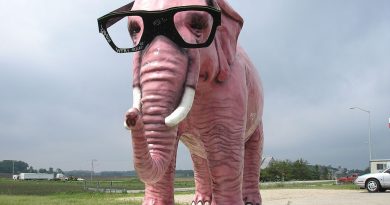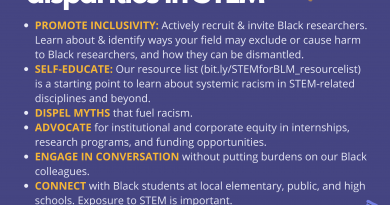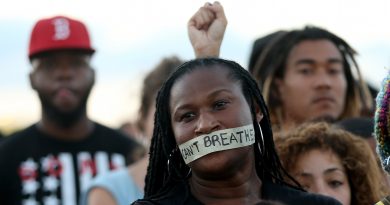People and Power

Each of the posters in this group examines the way that social pressures make themselves felt on individuals, whether through the concrete benefits (and costs) of state recognition, modes of creating a counternarrative in the face of abuse in fiction, or the ways that social categories impact treatment outcomes for addicts. As much as we may experience the world through the lens of our own individual experiences, these researchers remind us how larger social forces inevitably shape that reality.
In his poster “Legal Exclusion as a Determinant of Health,” Amith Galivanche examines the impact of state notification of a slum. While there is a great deal of research on officially recognized (or “notified”) slums, “non-notified” slums are both understudied and underserved. his project has collected extensive qualitative data in the form of interviews with residents of Kaula Bandar, a non-notified slum located in Mumbai, India. This data, largely by “barefoot researchers” who are from Kaula Bandar, provides valuable information on how legal exclusion and stigmatization of their neighborhood has impacted their health, both physical and mental, and overall life course.
In his work “The Day Was the Same Day: Finality and Personhood in Anna Burns’ Milkman“, Ethan Resek examines how the repetitive descriptive method used in Burns’ novel of the Irish Troubles stylistically performs the unspeakable fear and anxiety that the main character copes with due to the personal threat from her stalker and the wider social threat of the Troubles.
Finally, Ivette Rodriguez Borja’s research, “Treatment Completion for Substance Use Disorders Among Older Adults; Differences by Race/Ethnicity and Gender,” uses 2014-2017 discharge data from adults 55 and older from drug abuse treatment facilities. She found that treatment completion rates were higher among white men than Black and Latinx women, and also that clients who began using substances at a younger age, who had a psychiatric disorder, or were homeless at admission, had lower odds of treatment completion across groups. Targeted interventions at the individual and policy levels are both needed to address this inequity.


